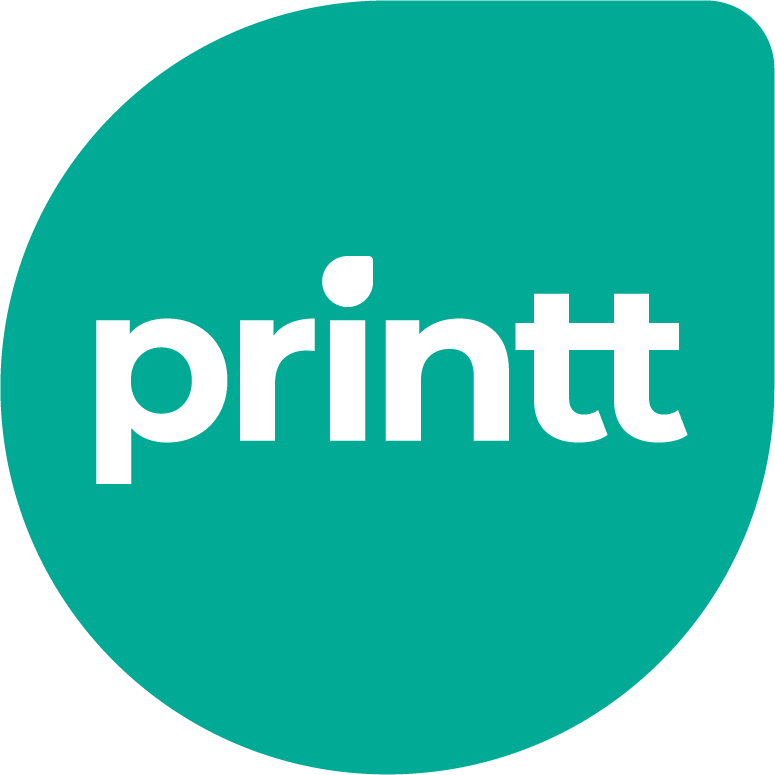How to design for A4 print
If you design something the same way for online as you do for print, then it’ll probably be fine, but you’ll be missing the enormous potential that comes with taking full advantage of your medium. There are also important things to remember about the process of printing, and different things you need to be aware of when you’re preparing your design and visuals as a physical copy.
Here are the things you need to remember when you’re designing for print.
You control the experience
The creator of a printed page has much more control over the reader’s experience than they would if the page were on a computer, mobile phone, or tablet. When the medium is digital, the reader can change the brightness, the size, and the font, and the device can choose the layout and format. A printed page is as it’s published, and those design elements can’t change. You can take advantage of that when making design choices.
Layout
Since you’re not at the mercy of a mobile-responsive webpage, you can use the layout to communicate more or enhance the experience. Using size, shape, colour, and typography you can pretty much dictate how the eye will travel across the page, and how your material is going to be consumed and understood.
Orientation
If you’re feeling creative and playful with your design, you can play with the orientation of the page. People aren’t going to turn their computer screens sideways or upside down, and mobile phone screens usually switch into landscape mode when they’re turned, but a page or a book you can easily flip and turn.
That means if for any reason you wanted to place text or images upside down, vertically, or at an angle, you could.
Order
Online, you’re presenting one continuous scroll, and the vast majority of the time there’s no pagination, and the direction is downwards. A double-page spread is not something an online reader is going to encounter, but in print you can use it to great effect. Whether that’s simply an impact image that covers both pages, or a witty visual throughline, you can engage with the structure and the medium in unique ways in print.
Colour
Bear in mind two hugely important differences in colour for screen vs colour for print.
Brightness
The colour on a backlit screen is always going to look brighter and bolder than the same colour on paper. Bear that in mind when choosing your shades.
RGB vs CMYK
The difference from screen to page is the colour system.
Screens use the RGB system to create colour. That’s the combination of red, green, and blue lights next to each other to make the brain perceive the desired colour. In print, the system is CMYK, which mixes cyan, magenta, yellow, and key (black) dots to produce the colour of choice.
When you’re designing on the screen for a printed medium, you’ll need to convert your RGB colours to CMYK to make the printed tones appear as you hope and expect.
Resolution
If you’re used to designing for digital media, then you’ll be used to working in terms of PPI, or pixels per inch. The print media equivalent is DPI — dots per inch. Understanding how to achieve the right sharpness and clarity using DPI is important, but you also need to consider factors beyond PPI-DPI equivalence. One of those is the difference in the properties of your medium.
Let’s say you’re printing on 90gsm paper. Because of the texture of a paper page, you won’t need the same DPI as if you were printing on glossy photo paper, because not all of the resolution will translate. Also bear in mind that a ‘dot’ is not a standardised measurement, so if you’ve used one print provider, the ‘DPI’ of another printer may not be exactly the same.
Creating your project
Whatever project you’re working on, get it printed reliably, securely, and quickly with Printt. Whatever the file type, if it’s an A4 job, we’ll print it. Just upload your files, and you can collect your documents the same day, or get them delivered to an address of your choice.
Get started now and get 30% off your first delivery order.
